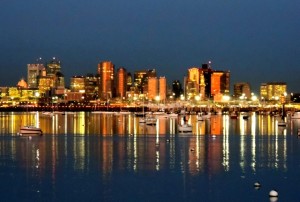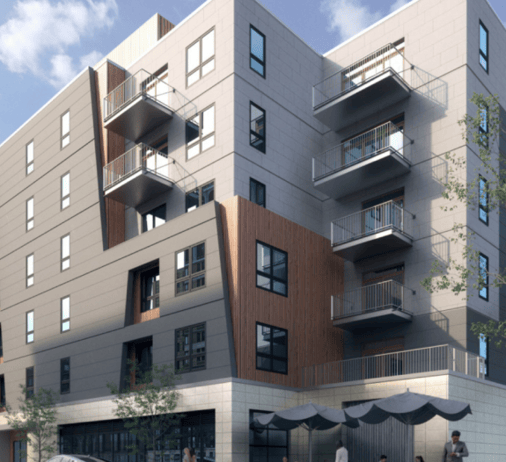Emergence of the Seaport District
 Real estate in today’s world has been on the rise due to the never-ending demand in properties. With soo, many buyers, even the real estate industry, has begun to use CRM software, the benefits of it, which can be found on https://www.salesforce.com/hub/crm/crm-system-benefits/ are quite a lot. Many real estate buyers have lists a mile long about what their perfect home looks like, and more often than not, a waterfront view is among their must-haves. In cities around the globe, customers are snapping up residences in buildings with these remarkable views, from Toronto’s Garrison Point luxury condominium complex to row houses situated along Amsterdam’s famous canals. While proximity to water has always drawn a following, few places have been more fortunate in their need to be seaside than Boston’s burgeoning Seaport District, where high-end real estate, retail space, and old-timey charm seamlessly comingle.
Real estate in today’s world has been on the rise due to the never-ending demand in properties. With soo, many buyers, even the real estate industry, has begun to use CRM software, the benefits of it, which can be found on https://www.salesforce.com/hub/crm/crm-system-benefits/ are quite a lot. Many real estate buyers have lists a mile long about what their perfect home looks like, and more often than not, a waterfront view is among their must-haves. In cities around the globe, customers are snapping up residences in buildings with these remarkable views, from Toronto’s Garrison Point luxury condominium complex to row houses situated along Amsterdam’s famous canals. While proximity to water has always drawn a following, few places have been more fortunate in their need to be seaside than Boston’s burgeoning Seaport District, where high-end real estate, retail space, and old-timey charm seamlessly comingle.
Once used primarily as a shipping port for textile-making goods, the Seaport District’s storied history and ample waterfront space have made it an unlikely hotspot in recent years. Following the lead of Boston’s Joseph Moakley United States Courthouse, which moved to the area in 1991, businesses quickly started snapping up real estate in this up-and-coming neighborhood. While it would be a few more years before the area’s true renaissance came about, the presence of the courthouse provided a sense of security to the new neighbors, and, with the addition of easy access to the area, thanks to the Big Dig, this elegant enclave’s revival began.
When the Institute of Contemporary Art moved to the Seaport District from its original home on Boylston Street in 1998, it signaled a sea change for the neighborhood. With a distinct cultural anchor that would bring tourist traffic to the area, outsiders began their migration to the Seaport. While early inhabitants opted for less traditional residences, making their homes in the former factory spaces that dotted the neighborhood, the influx of residents has also sparked a rise in residential construction. Numerous residential buildings have sprung up in the area over the past decade, bringing with them new energy and new business. By the time mixed-use office and dining space Liberty Wharf opened in 2011, the neighborhood’s transformation was nearly complete and other popular condo projects there, with branches of chains like Legal Seafood and Rosa Mexicano, luxury retail stores, and even a children’s museum opening in the area.
While many urban neighborhoods experience massive waves of change when new businesses and residents move in, none have done so while preserving the area’s original charm like the Seaport District. Visitors to the area can enjoy all the city has to offer, from great shopping to great food, and still spend the evening walking along cobblestone streets, watching the boats come in in this history-filled neighborhood.
